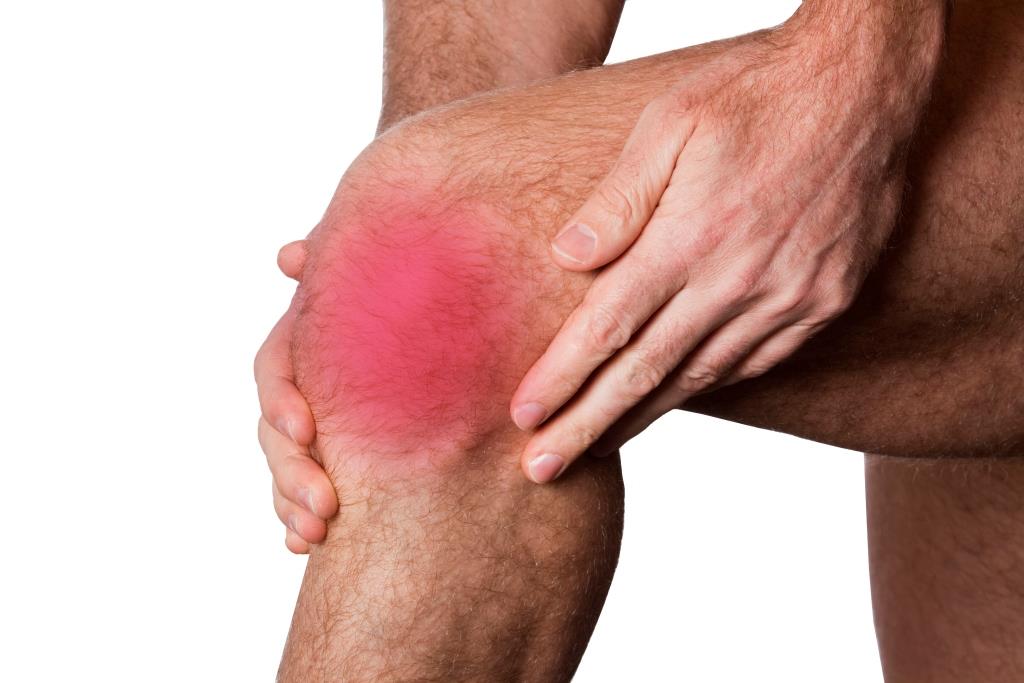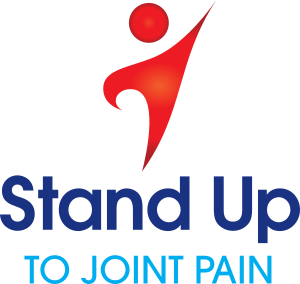Welcome to the osteoarthritis Stand Up To Joint Pain hub
For the biggest impact on joint pain caused by knee and hip osteoarthritis OR when preparing for joint replacement surgery it is important to structure a personal treatment plan that is relevant to your circumstances and considers all areas of your physical and emotional wellbeing.
To support this process the Stand Up To Joint Pain Assessment & Planning framework has been designed to help you and your healthcare team develop a shared understanding of:
- movements that cause you the most pain
- daily activities you find most difficult
- how your knee or hip is impacting other aspects of your life
- your personal modifiable risk factors and actions that you are willing and able to take, and
- where relevant, post surgery rehabilitation options that may be available
With this shared understanding we will be able to help you structure a plan that links you with treatment options that may be relevant to you.
If you have private health insurance a number of the treatment options may be available to you at no cost or partially subsidised.
Preparing for joint replacement surgery
For most people, a successful joint replacement typically leads to a higher quality of life, less pain, and better mobility.
However approximately 1 in 5 people undergoing knee replacement surgery report long-term ongoing pain (even though the surgery was conducted successfully). Ref.
The good news is there are very positive actions that you can take whilst waiting for surgery that are known to significantly ease your pain and improve your mobility prior to surgery and importantly, improve your fitness for surgery AND support long term post-surgery improvements in pain and mobility.
Did you know?
Osteoarthritis is the diagnosis for 98% of primary total knee replacements and 88% of primary total conventional hip replacements.
How can my health fund help me?
With the support of your health fund, many of these actions can be done at no cost to you AND without having to leave your home.
Treatment options will be different for individual patients and can include:


